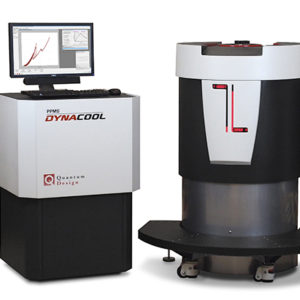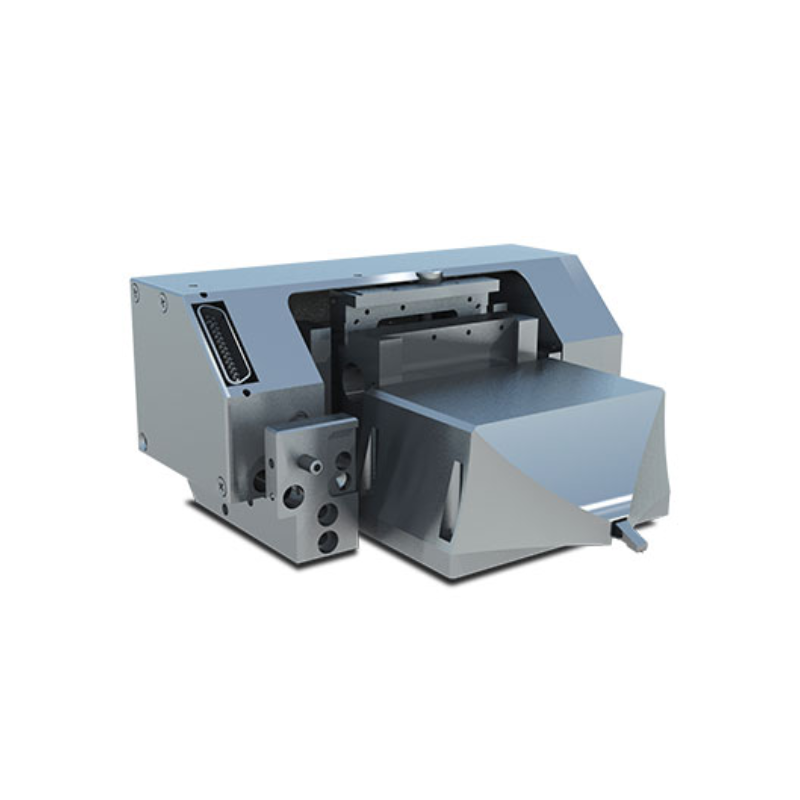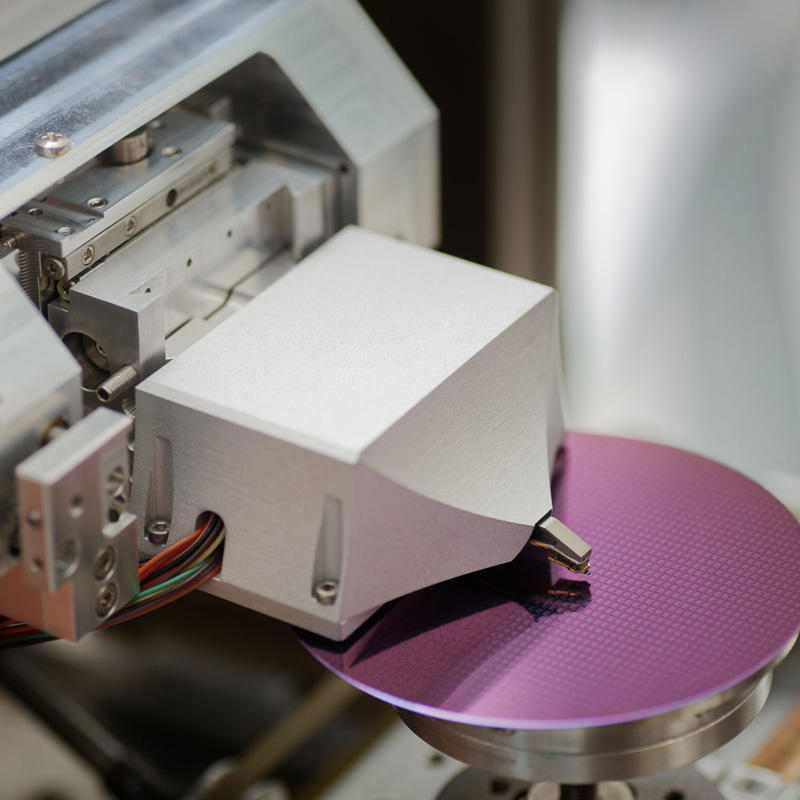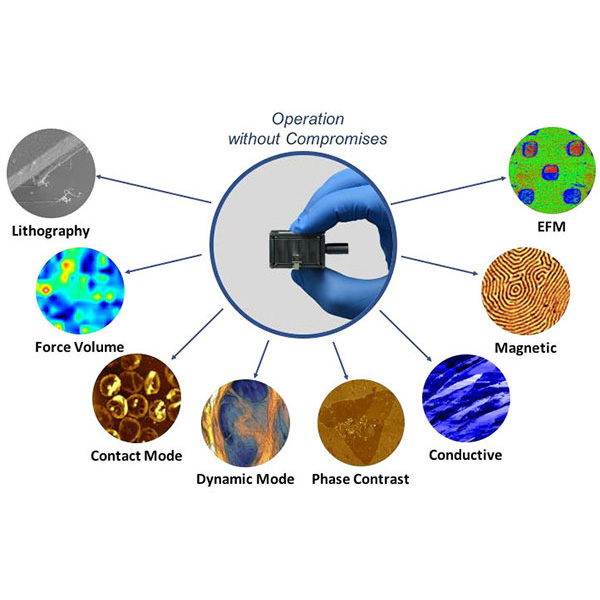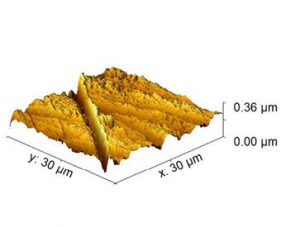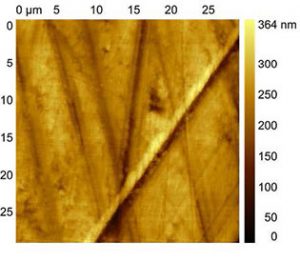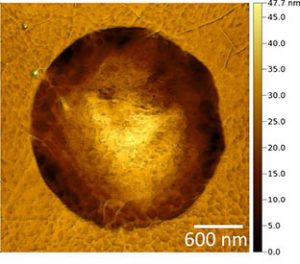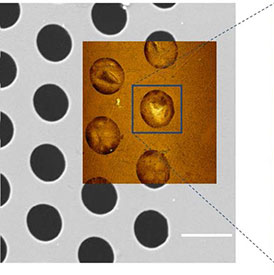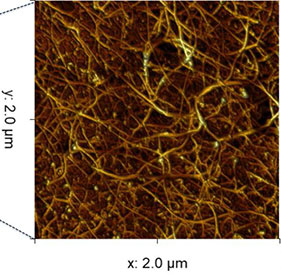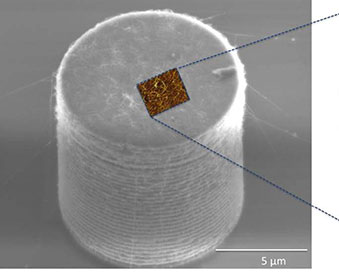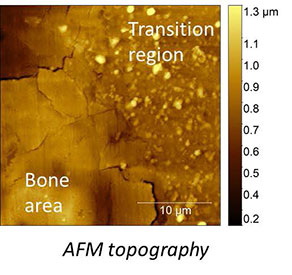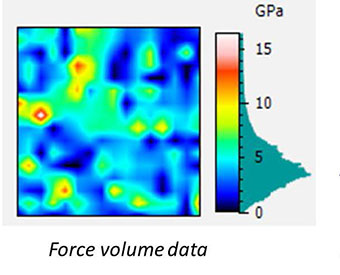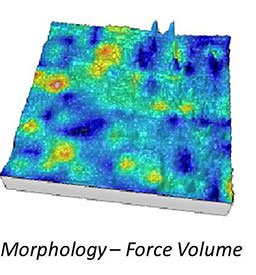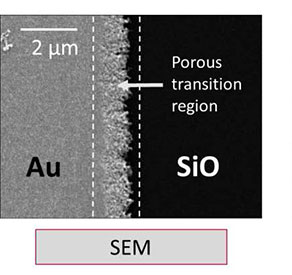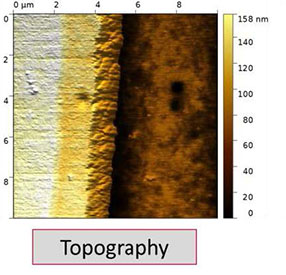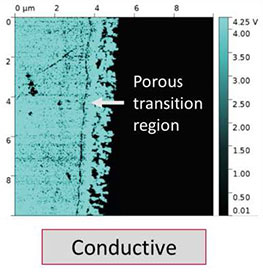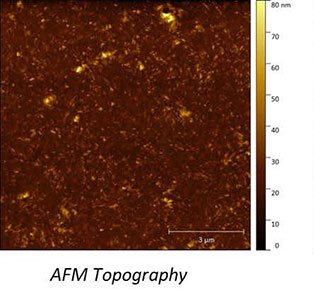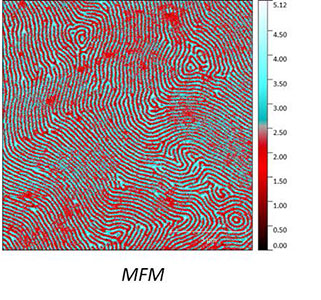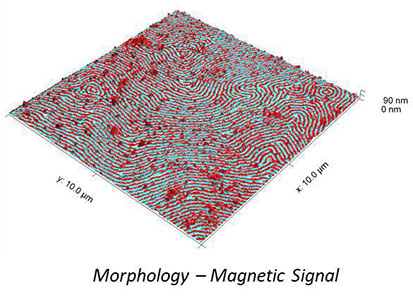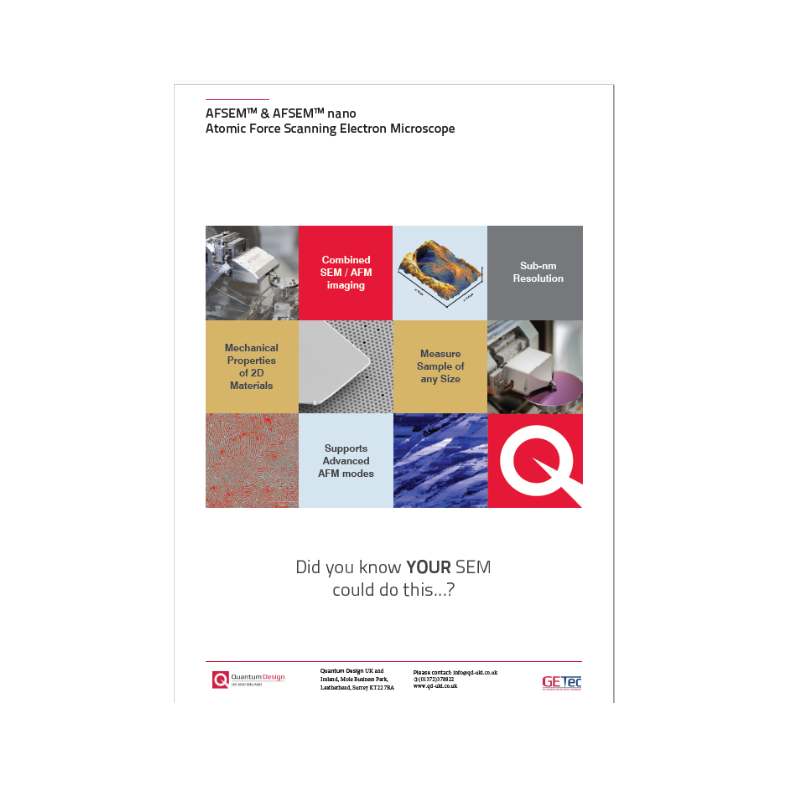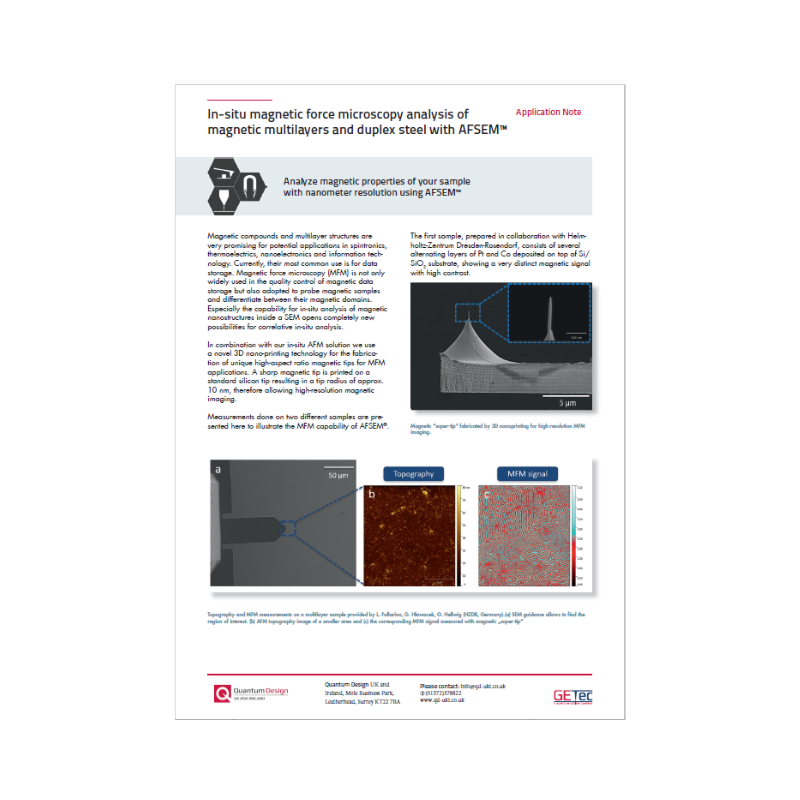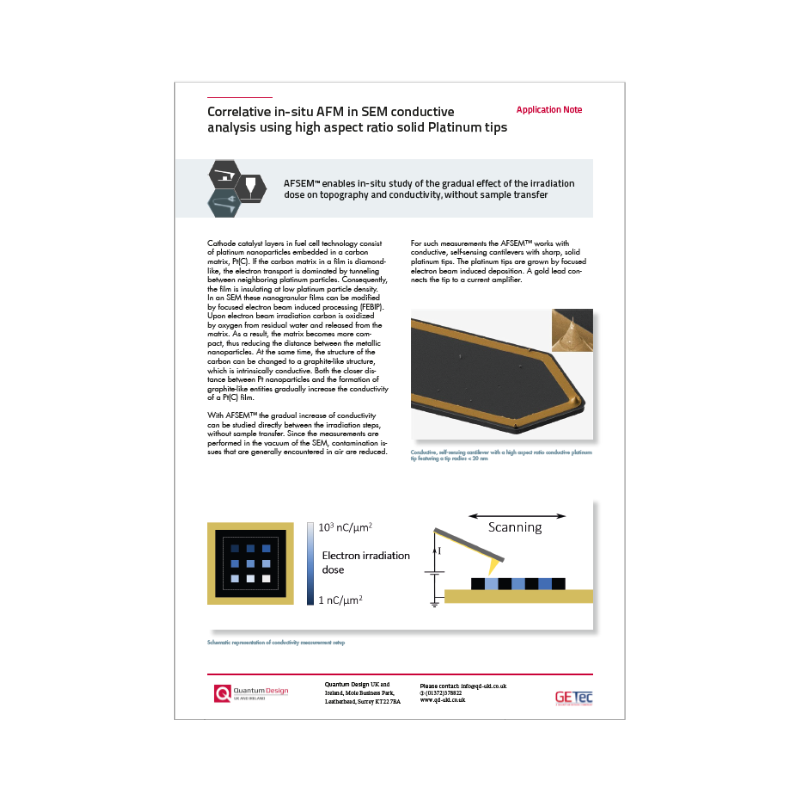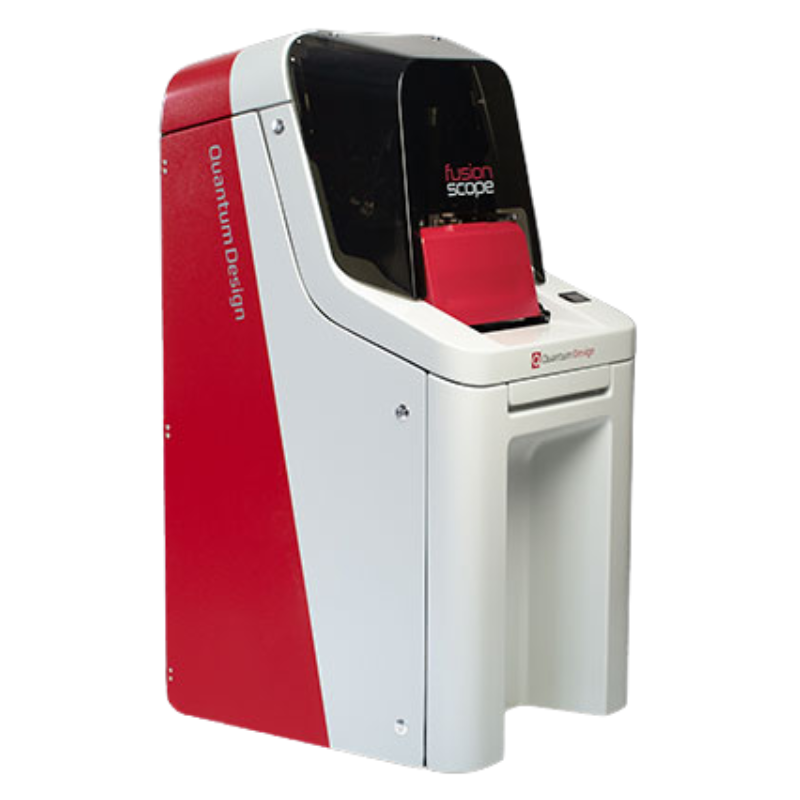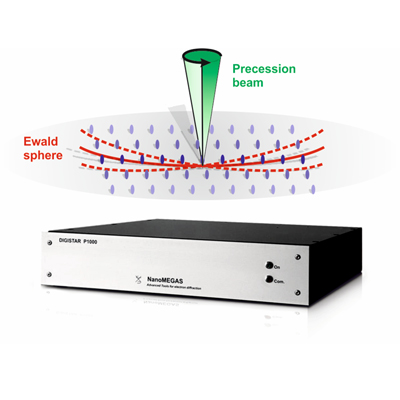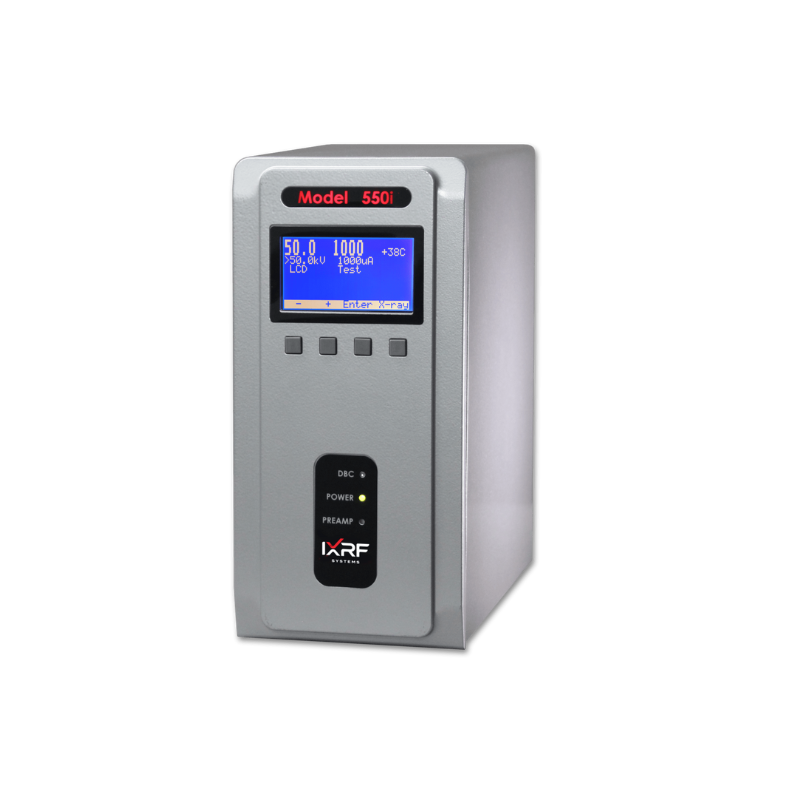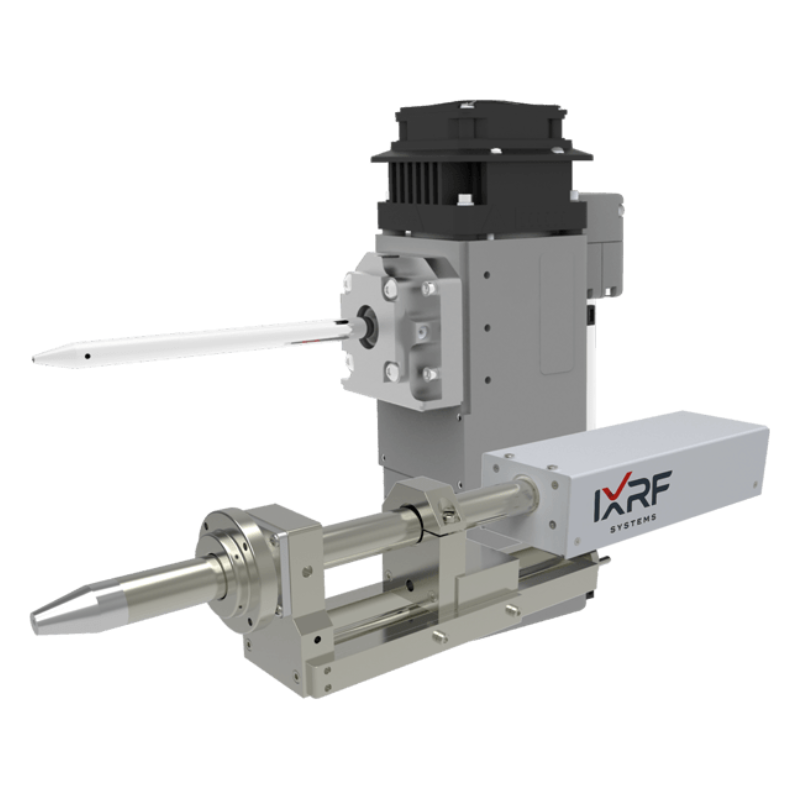- Features
- Options
- Specifications
- Videos
- Downloads
- Related Products
- Contact
- Back To Spectroscopy
- Back To Optics
- Back To Hyperspectral
- Back To Cameras
- Back To X-Ray
- Back To Light Measurement
- Back To Characterisation
- Back To Electron Microscopy
- Back To Magnetometry
- Back To Ellipsometers
- Back To Cryogenics
- Back To Lake Shore
AFSEM®nano Atomic Force Microscope
From QD Micoscopy
AFSEM is an atomic force microscope (AFM), designed for integration in a SEM or Dualbeam (SEM/FIB) microscope. Its open access design allows you to simultaneously operate SEM and AFM inside the SEM vacuum chamber. The correlated image data of AFM and SEM enable unique characterisation of your sample, and the combination of complementary techniques is a key success factor for gaining new insights into the micro and nano worlds.
AFSEM lets you simultaneously image your sample with high resolution, create true 3D-topography representations, and accurately measure heights, distances and even material properties, all while maintaining the large SEM field of view to position your AFSEM cantilever exactly where you want it. The powerful AFSEM control software allows for optimised and intuitive measuring, system handling, and data analysis.
The AFSEM is a fully functional atomic force microscope and therefore is capable of all normal measurement modes expected from a standard AFM. Contact mode, intermittent contact mode, non-contact, force-volume, and phase contrast mode are all available and the user can switch between them easily using the controller software. The advanced modes, namely Conductive AFM (C-AFM), Magnetic Force Microscopy (MFM) and Electrostatic Force Microscopy (EFM) are also available by using the functional probes. Kelvin Probe Force Microscopy (KPFM) and Scanning Thermal Microscopy (SThM) are currently under development.
FEATURES
- World’s smallest AFM insert for your SEM/FIB
- Easy integration in space-limited environments
- Full grade V titanium body for best mechanical stability and performance
- XY Closed-loop tip-scanner with 24 x 24 µm scan range
- Z-Range: 15 µm
- All standard AFM modes
SPECIFICATIONS
AFSEM nano is the smallest AFM insert for your SEM/FIB. Its small size and weight enable easy-integration in extremely space-limited environments. The full grade V titanium body offers optimised mechanical stability and performance.
| Sample Limitations | Unlimited in terms of size and weight |
| Scanner Specifications | |
| Scanner Dimensions | 61mm x 51mm x 28mm |
| Scanner Weight | 180g |
| Scan Range | 24µm x 24µm |
| HV compatibility | 1×10^(-7) |
| Positioning Stage | |
| Travel Range | x/y/z: 12mm |
| Coarse Resolution | 100nm (minimum, user controllable) |
| High-Speed Controller | |
| Measurement Modes | Supports all standard and advanced measurement modes modes (c-AFM, MFM, EFM, KPFM, SThM,…) |
| Input/Output | 8 channels (156 kHz, 24 bit, on demand user configurable) |
| High Voltage Amplifier | 3 high-bandwidth channels (x,y: 10 kHz, z: 300kHz) |




